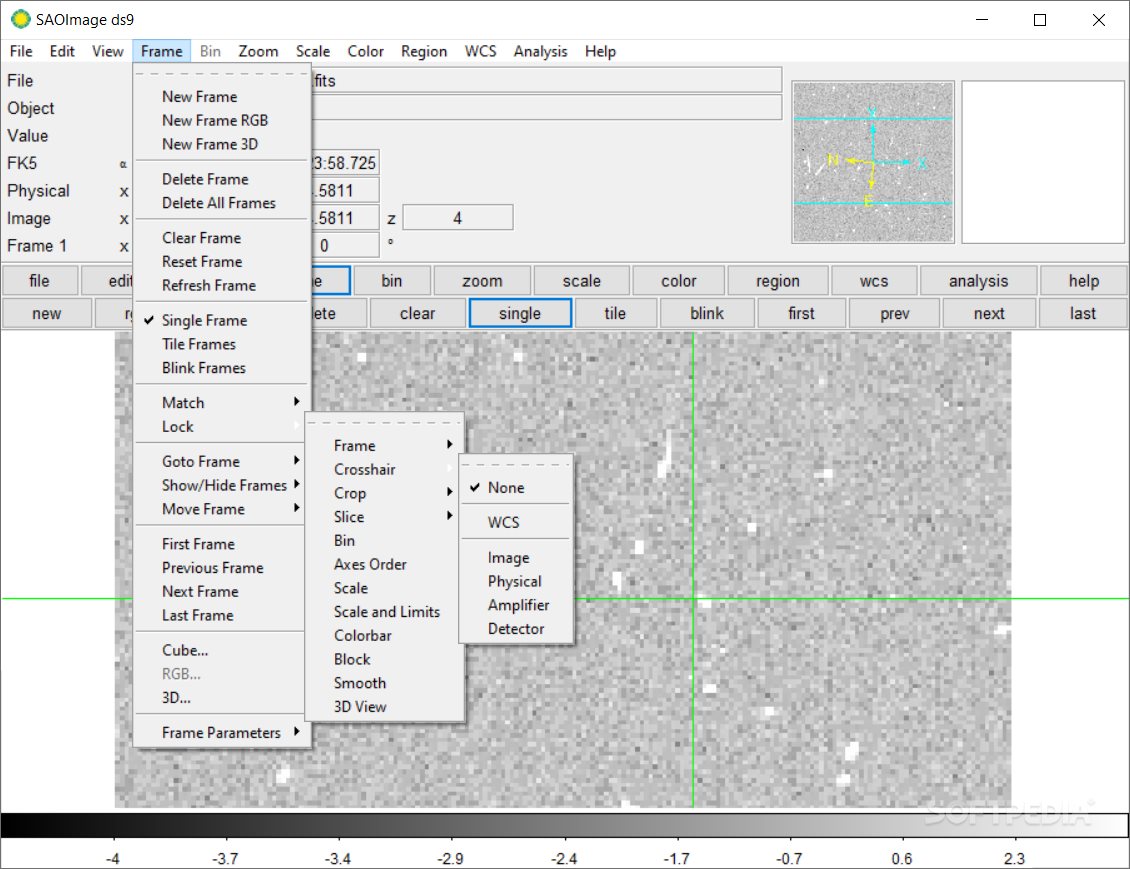

Most DSLRs have IR-cut filters on the sensors that increase the quality of the visible light image by blocking any infrared radiation from Multiband & Multispectral Imagingįor multiband imaging, we use a modified DSLR.

Modified camera and filters used for multiband and multispectral imaging. Multiband imaging captures characteristic spectral information about objects, however the uncalibrated image sets cannot produce reflectance spectra. Similar to hyperspectral and multispectral imaging, Multiband imaging is similar to these techniques, however it refers to theĪcquisition of uncalibrated images with bandwidths of 100's nm that are captured using a modified digital SLR camera and bandpass filters. Hundreds of nanometers and hyperspectral as the collection of images with bandwidths of a few nanometers or less.

(2013) define multispectral imaging in the context of reflectance imaging spectroscopy as the acquisition of calibrated images with bandwidths of tens to Scattered by a material relative to the incident light, and reflectance spectra is a curve illustrating the amount of reflectance at each wavelength over a defined spectral range (FischerĪnd Kakoulli 2006). (2013, 13) define as the "collection of images at many different wavelengths to obtain reflectance spectra over a large spatial area." Reflectance refers to the light reflected or

Multispectral and hyperspectral imaging are both types of reflectance imaging spectroscopy, which RicciardiĮt al. These techniques presented on this website are defined here,Īlong with reflectance imaging spectroscopy, to clarify the differences between them. region load w3_nh3.reg -contour load w34_scuba.Multiband, multispectral and hyperspectral imaging can carry a range of definitions depending on the project and application. file l134_1_coadd_h2omaser.fits -region load w34_gbttargets_handselected.reg \ region load w3_nh3.reg -contour load w34_n wcs icrs red 1 \ frame new -file l133_1_coadd_h2omaser.fits -region load w34_gbttargets_handselected.reg \ You can split the command into multipleĭs9 -mosaic wcs scuba*.fits -region load w34_gbttargets_handselected.reg -region load w3_nh3.reg \ For the contour file, you must specify coordinate type (wcs)Īnd coordinate system (icrs, fk5, galactic.)ĭs9 *.fits -region load file.reg -contour load n wcs icrs red 1 An example gigantic command line that saves me ~30 mouse clicks. They will be aligned to the last image loaded.ĭs9 *.fits -match frames wcs It can be useful to load region and contour files too. You can open multiple files from the command line with commands like:ĭs9 -mosaic wcs *.fits You can then open other images by specifying a new frame (only once)ĭs9 -mosaic wcs set1*.fits -frame new -file file2.fits It is also possible to automatically align the images. Option xpaset -p ds9 view colorbar no or by selecting the option in the 'view' menu I believe this is a glitch in DS9 that will likely be fixed in the next release.ĮDIT 6/23/08: In the latest release(s), you can remove the colorbar using the command line The resulting image is mostly satisfactory exceptįor the annoying presence of the colorbar, which currently cannot be removed except by It will probablyīe necessary to modify the locations of the labels as well.įinally, to save as a postscript, Print the file to a postscript file instead of saving it. Of each element of the coordinate grid and remove the axes, tickmarks, etc. Type menu that allows you to change to Publication format. Note that I've used inverted colors so that the image will print nicely on white paper. Select Coordinate Grid, then Coordinate Grid Parameters. Coordinate Grids It is possible to make publication-quality images using DS9.


 0 kommentar(er)
0 kommentar(er)
